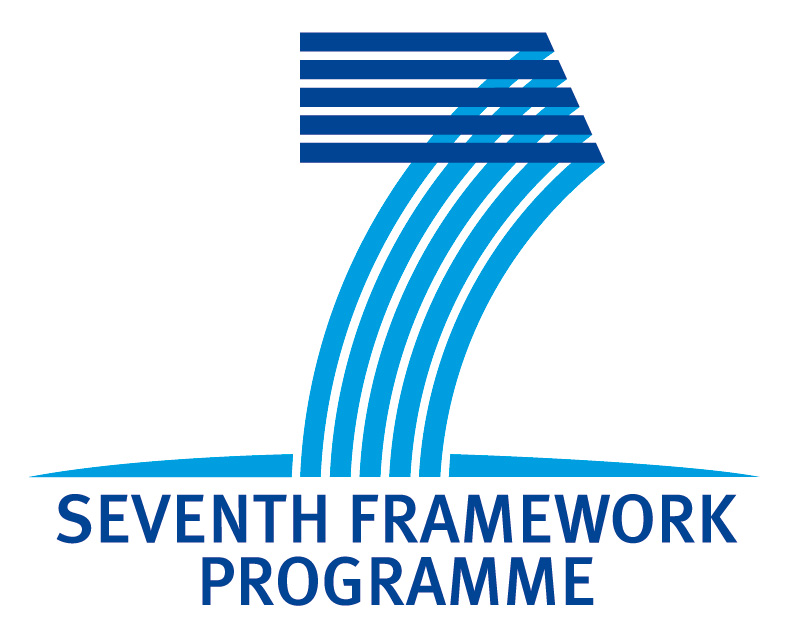| Fraunhofer Gesellschaft |
 |
 |
 |
Two thirds of the Fraunhofer-Gesellschafts contract research revenue is derived from contracts with industry and from publicly financed research projects. Only one third is contributed by the German federal and local governments in the form of institutional funding, enabling the institutes to work ahead on solutions to problems that will not become acutely relevant to industry and society until five or ten years from now. The Fraunhofer Institute for Computer Architecture and Software Technology (FIRST) was established in 1983 and belongs to the Information and Communication Group of the Fraunhofer-Gesellschaft. Presently, it has a total staff of approximately 120, employed in the three departments Embedded Systems, Interactive Systems and Intelligent Data Analysis as well as in administration. Expertise. Fraunhofer FIRST offers support to its research and industrial partners in developing efficient information technologies. FIRST provides analysis, modelling and simulation tools to help understand and master complex systems. FIRST builds fast, reliable hardware and software systems as well as tools for constructing and evaluating them. FIRST develops innovative, scalable visualization and interaction interfaces for humancomputer systems based on inexpensive standard components. Role in ASCENS. The main contribution is in the areas of component-based software development, middleware architectures, prototype development and concept validation and deployment. Fraunhofer will lead WP8 and provide major contributions to WPs 6 and 7, and additional contributions to WPs 3, 4, and 9. Exploitation and technology transfer lies in focus of FIRST interest. Consequently, high-level generic ASCENS concepts and methodologies are going to be integrated in case studies showing how scientific results can be effectively used in practice. Intelligent control, swarm behaviour and dynamic adaptation will be demonstrated on real problems like power grid distribution and optimization, mobile robotics and cloud computing. The resulting system should exploit new methods and techniques for software intensive systems deploying sound ensemble computing concepts in real life applications. Key members
|
||
| Last Updated on Sunday, 03 November 2013 19:28 |



